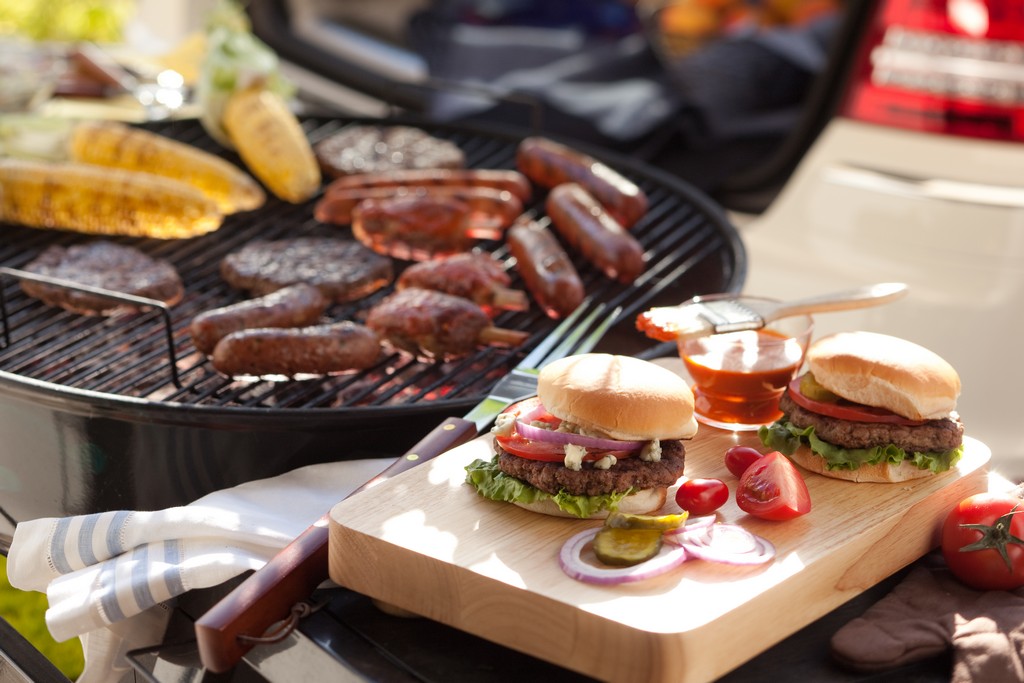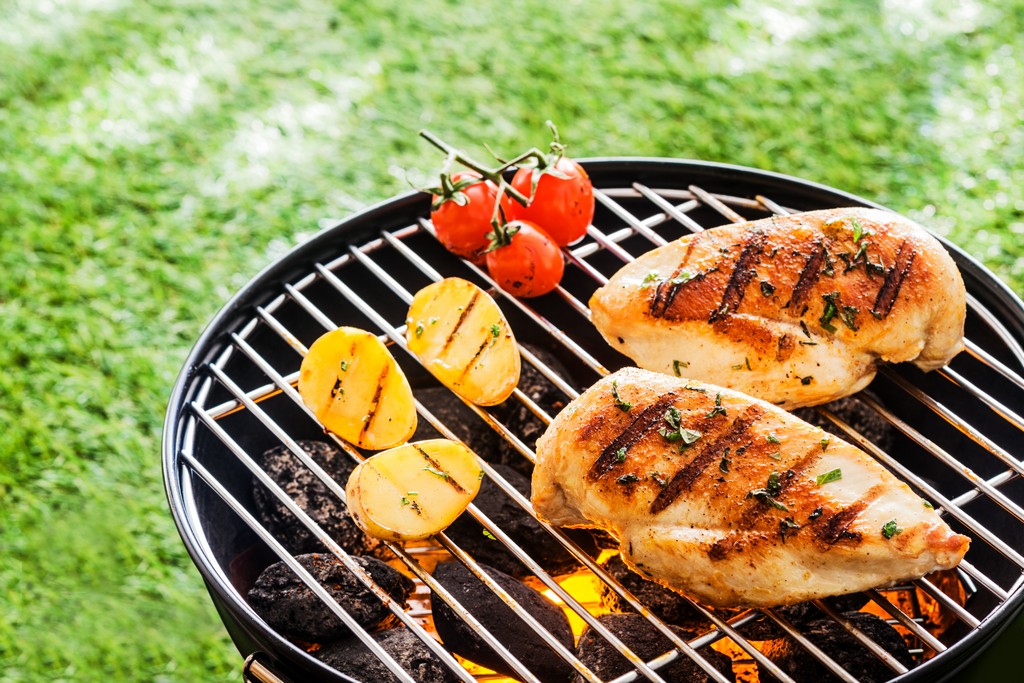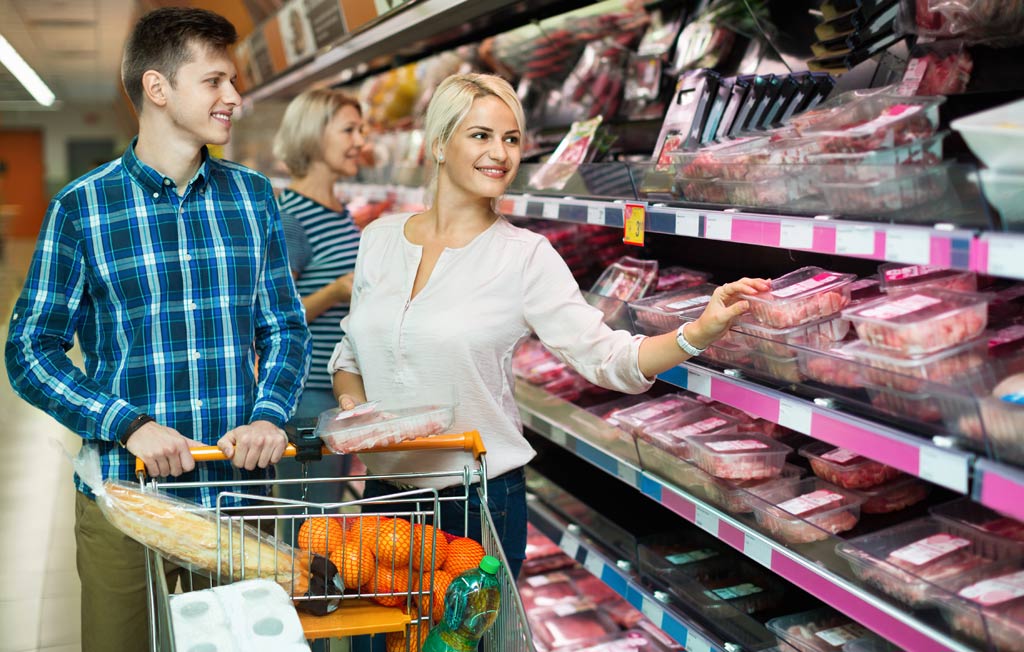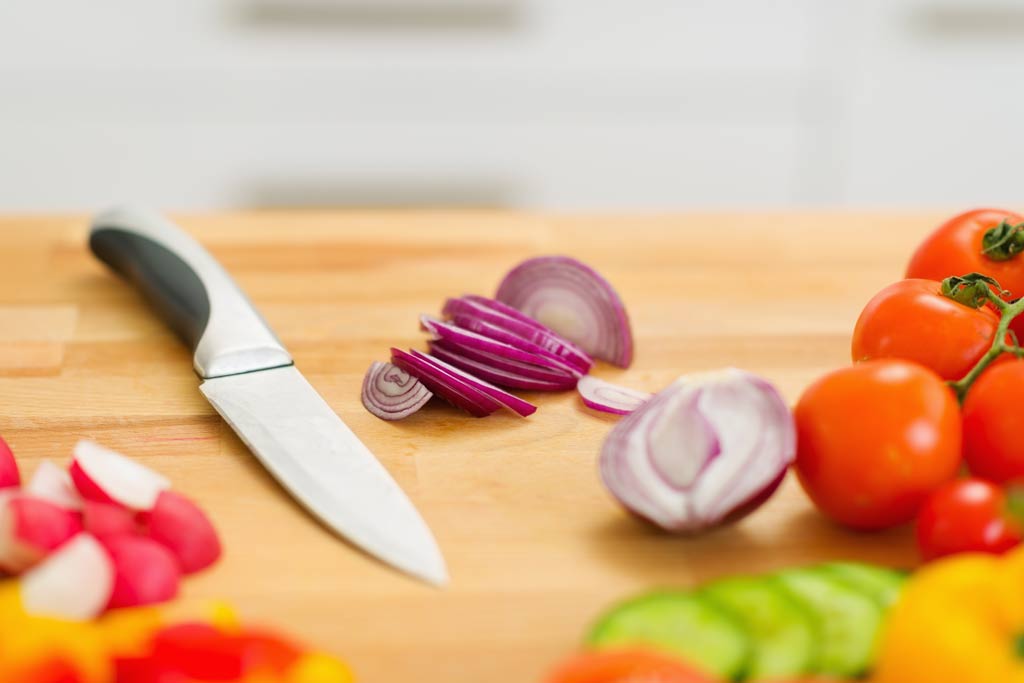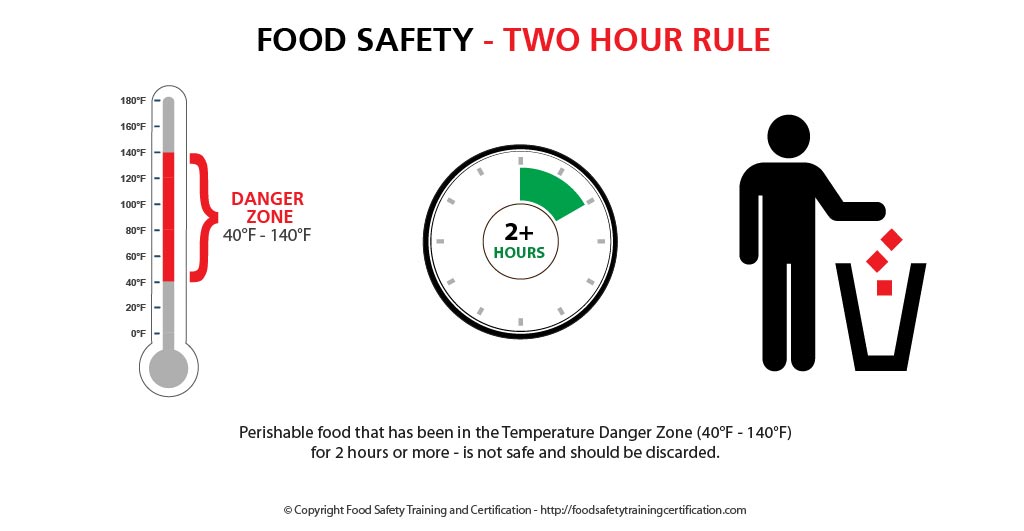Barbecuing is no longer just a hobby, but an integral part of the North American lifestyle. Moreover, regional styles are no longer bound by regions. You can find Texas BBQ on the West Coast or Carolina BBQ in the Midwest, and just about every style in between.
Even though BBQ and grilling have become a year-round routine, warmer temperatures brings out everyone’s barbecue grills.
But, in warmer temperatures – additional food safety care must be taken because bacteria multiply faster. Following a few simple principles and guidelines can prevent a food illness.
BBQ Popularity
Barbecuing is no longer just a hobby, but an integral part of the North American lifestyle. Moreover, regional styles are no longer bound by regions. You can find Texas BBQ on the West Coast or Carolina BBQ in the Midwest, and just about everything in between.
According to a survey by Hearth, Patio & Barbecue Association (HPBA), summer weekends continue to spark the highest usage with consumers: 73% of consumers grill on July 4, 60% on Memorial Day, 58% on Labor Day, and 45% on Father’s Day. Spring holidays are also key grilling weekends for many consumers: Mother’s Day (34%) and Easter (19%).
The survey also finds that grilling is becoming a year-round passion. Chilly temperatures don’t stop many consumers from grilling for the Super Bowl (23%), Thanksgiving (14%), Christmas or Chanukah (10%), and New Year’s Eve/Day (9%). Beyond holidays, 49% barbecued for birthday parties, 24% on a camping trip, 21% at a vacation home party, and 11% during tailgating activities for sporting events.
Food Safety Guidelines
Whether it’s hot or cold, it’s important to follow food safety guidelines while grilling to prevent harmful bacteria from multiplying and causing foodborne illness. Use these simple guidelines for grilling food safely.
Food Safety – Purchasing
When shopping, buy cold food like meat and poultry last, right before checkout. Separate raw meat and poultry from other food in your shopping cart.
To guard against cross-contamination — which can happen when raw meat or poultry juices drip on other food — put packages of raw meat and poultry into plastic bags.
Plan to drive directly home from the grocery store. Always refrigerate perishable food within 2 hours. Refrigerate within 1 hour when the temperature is above 90 °F.
At home, place meat and poultry in the refrigerator immediately. Freeze poultry and ground meat that won’t be used in 1 or 2 days; freeze other meat within 4 to 5 days.
- Learn about foodborne pathogens, cross contamination, cold and hot food safety, and best practices to prevent foodborne illness.
- Food Manager ANSI Certification: $99.00 - Valid in all States
- Food Handler Training: Only $7.00!
- 10% OFF: Enter Promo Code "train10off" at Checkout
Food Safety Preparation
- Keep Cold Food Cold
Keep meat and poultry refrigerated until ready to use. Only take out the meat and poultry that will immediately be placed on the grill. - Keep Everything Clean
Be sure there are plenty of clean utensils and platters. To prevent foodborne illness, don’t use the same platter and utensils for raw and cooked meat and poultry. - Thaw Safely
Completely thaw meat and poultry before grilling so it cooks more evenly. Use the refrigerator for slow, safe thawing or thaw sealed packages in cold water. For quicker thawing, you can microwave defrost if the food will be placed immediately on the grill. - Marinating
A marinade is a savory, acidic sauce in which a food is soaked to enrich its flavor or to tenderize it. Marinate food in the refrigerator, not on the counter.
Food Safety – Cooking
- Cook Thoroughly
Cook food to a safe minimum internal temperature to destroy harmful bacteria. Meat and poultry cooked on a grill often browns very fast on the outside. Use a food thermometer to check the internal temperature of burgers, steaks, chicken and foods containing meat, poultry and egg dishes.- Hamburgers, sausages and other ground meats should reach 160°F (71°C).
- All poultry should reach a minimum temperature of 165°F (74°C).
- Whole cuts of pork, lamb, veal and beef should be cooked to 145°F (63°C) as measured by a food thermometer placed in the thickest part of the meat, and allowed to rest for three minutes before eating.
- Fish should be cooked to 145°F (63°C).
- Keep Hot Food Hot
After cooking meat and poultry on the grill, keep it hot until served — at 140 °F or warmer. Keep cooked meats hot by setting them to the side of the grill rack, not directly over the coals where they could overcook. - Reheating
When reheating fully cooked meats, grill to 165 °F or until steaming hot.
Food Safety – Leftovers
Refrigerate any leftovers promptly in shallow containers. Discard any food left out more than 2 hours (1 hour if temperatures are above 90 °F).
National Barbecue Day
May 16th is National BBQ Day! Use the hashtag #NationalBBQDay on social media to post your favorite BBQ images.
Additional BBQ Food Safety Resources
- FoodSafety.gov – BBQ+A: Answers to Your Most Common Barbeque Questions
- FoodKeeper App
- FoodSafety.gov – Grilling Food Safety 101
- CDC – BBQ IQ — Get Smart. Grill Safely.
- CDC Grilling Food Safety Infographic (PDF)

